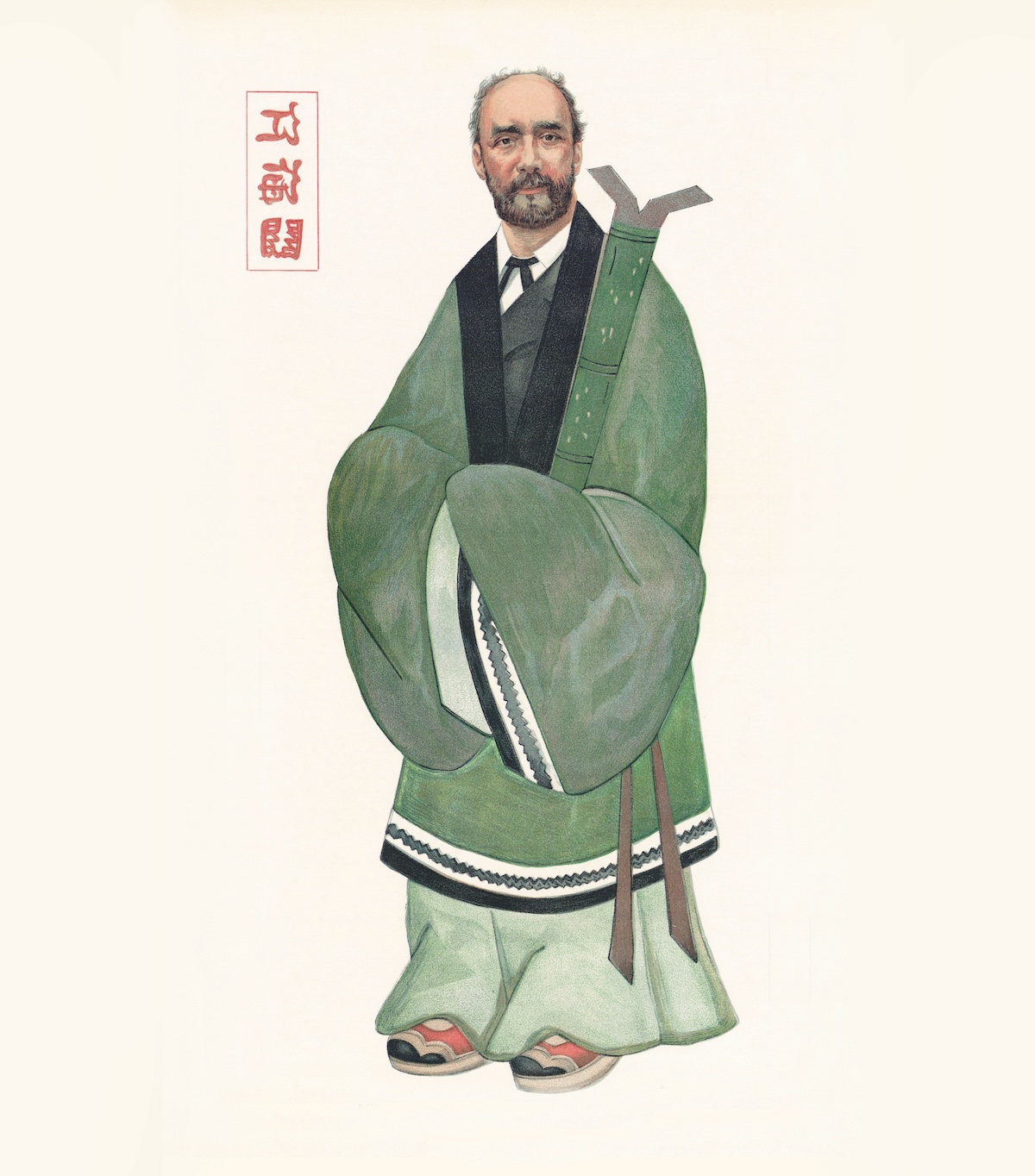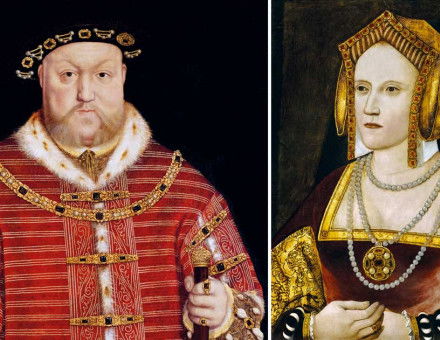Delivering the Chinese Post Office
As Late Imperial China sought to rebuild as a modern state from the ashes of war, a new national post office was born.

On 1 August 1894 the Great Qing Empire, in the person of the 23-year-old emperor Guangxu, declared war on Japan. Formally, this was China’s much-anticipated response to a series of military provocations over that summer. But the war had been long in the making, and it caught the world’s attention for what it might portend: the re-alignment of power in East Asia. Guangxu’s declaration came at the culmination of a period when both countries had implemented unprecedented reforms. For China, the Self-Strengthening Movement, begun following its catastrophic defeat in the Second Opium War (1856-60), was an attempt to re-orient itself to cope with the arrival of western powers and western technology. For Japan, the Meiji restoration, dating from 1868, was an essential means to avoid the fate of China, which found itself bound by a series of humiliating treaties.







